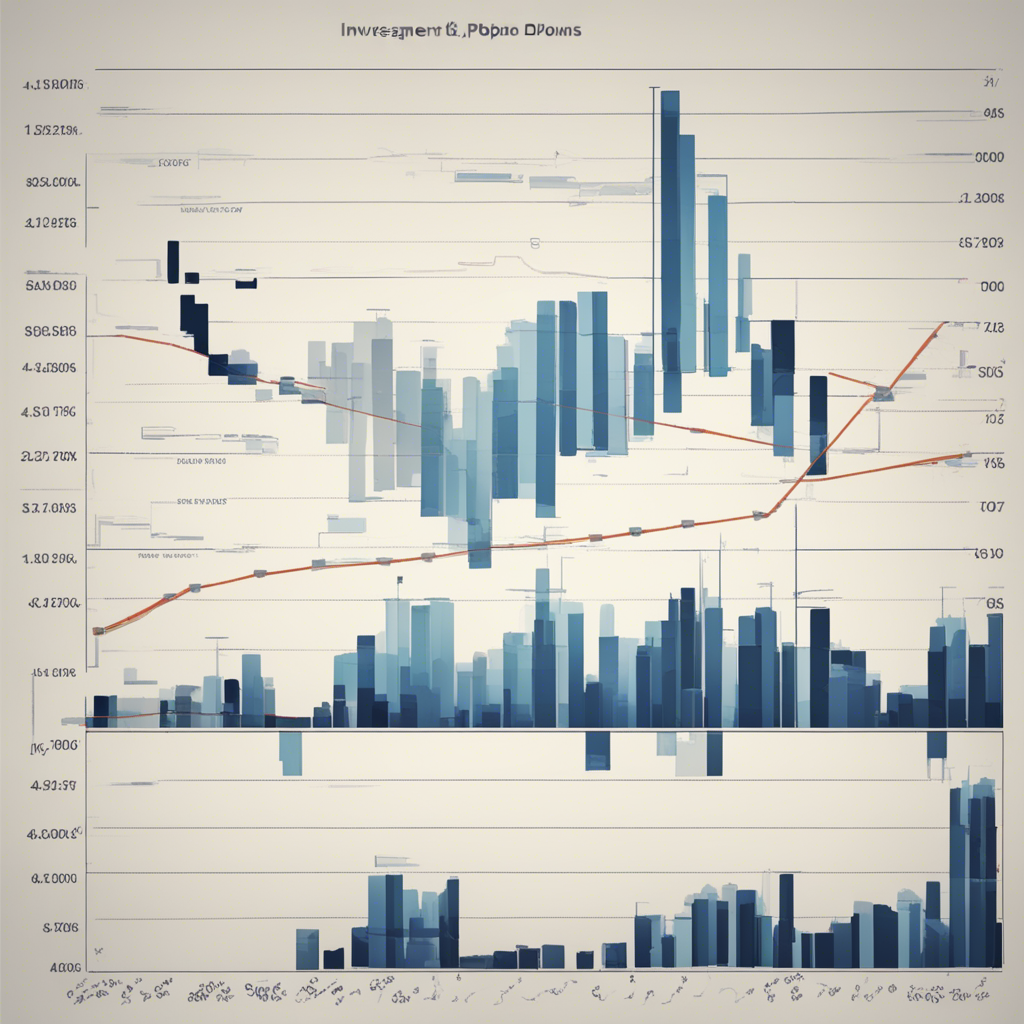
How to Keep Your Digital Files Organized: A Comprehensive Guide
In an increasingly digital world, it’s becoming more important than ever to keep your digital files organized. Whether you’re a student, a professional, or simply someone who wants to stay on top of their digital clutter, having a well-organized file system can save you time and frustration. In this comprehensive guide, we’ll explore various strategies and techniques to help you effectively keep your digital files organized.
Table of Contents
- Understanding the Importance of File Organization
- Choosing the Right File Organization System
- Hierarchical Organization
- Chronological Organization
- Project-Based Organization
- Tag-Based Organization
- Creating a Folder Structure
- Basic Folder Structure Example
- Naming Conventions
- Consistency is Key
- Including Metadata
- Utilizing Dates or Sequential Numbers
- Utilizing Metadata and Tags
- Understanding Metadata
- Applying Metadata and Tags in Practice
- Backup and Storage Solutions
- Importance of Regular Backups
- Cloud Storage Options
- Physical Backup Solutions
- Decluttering and Deleting Unnecessary Files
- Identifying Redundant and Outdated Files
- File Archiving
- Automating Organization with File Management Tools
- Overview of File Management Software
- Recommended File Management Tools
- Maintaining File Organization
- Regular Audits and Cleanups
- Developing Good Digital Habits
- Taking Advantage of Digital Assistants
- Conclusion
1. Understanding the Importance of File Organization
Keeping your digital files organized provides numerous benefits. It enhances productivity by making it easier to find the files you need, reduces the risk of losing important information, and saves valuable time that would otherwise be wasted searching for misplaced files.
2. Choosing the Right File Organization System
There are several file organization systems you can choose from, depending on your personal preferences and the nature of your files. Here are four popular options:
- Hierarchical Organization
The hierarchical organization system involves creating a nested structure of folders and subfolders, based on categories, subcategories, and specific topics. This system works well for individuals or businesses with a large volume of files spanning multiple categories.
- Chronological Organization
A chronological organization system arranges files based on dates or timeframes. This system is particularly useful for organizing documents and files that are time-sensitive or related to specific periods, such as financial records or project files.
- Project-Based Organization
A project-based organization system groups files together based on specific projects or ongoing tasks. This system is effective for teams or individuals working on multiple projects simultaneously.
- Tag-Based Organization
Tag-based organization involves assigning descriptive tags to files, allowing for easy searching and categorization. This system is highly flexible and customizable, making it ideal for individuals who work with a wide range of file types and subjects.
3. Creating a Folder Structure
A well-designed folder structure is the foundation of an organized digital file system. It provides a logical hierarchy that reflects your chosen organization system. Here’s an example of a basic folder structure:
- Documents
- Personal
- Work
- Media
- Photos
- Videos
- Music
- Projects
- Project A
- Project B
- Archives
4. Naming Conventions
Adopting a consistent and logical naming convention for your files helps maintain order and makes it easier to retrieve files later on. Consider the following guidelines when naming your files:
- Use clear and concise names that accurately describe the content.
- Avoid using generic names or abbreviations that may be ambiguous.
- Consider including relevant metadata such as timestamps or author names.
- Utilize sequential numbers for files that belong to a series or sequence.
5. Utilizing Metadata and Tags
Metadata refers to additional information about a file that can be embedded within the file itself or stored separately. By utilizing metadata and tags, you can enhance the searchability and organization of your digital files. This is particularly useful for large collections of photos, music, or other media files. There are various software applications available that allow you to manage and apply metadata to your files automatically.
6. Backup and Storage Solutions
Maintaining a reliable backup and storage system is essential to ensure the safety and accessibility of your digital files. Consider the following options:
- Cloud Storage Options: Cloud storage services like Google Drive, Dropbox, or OneDrive offer convenient and secure storage solutions that allow you to access your files from any device with an internet connection.
- Physical Backup Solutions: External hard drives or network-attached storage (NAS) devices provide localized backup options and additional storage space for your files.
7. Decluttering and Deleting Unnecessary Files
Regularly decluttering and deleting unnecessary files helps prevent your digital storage from becoming overwhelmed. Consider implementing the following practices:
- Identify duplicate or redundant files and delete them.
- Archive files that are no longer needed but may be required for future reference.
- Delete outdated or obsolete files that have no further use.
8. Automating Organization with File Management Tools
File management tools can significantly simplify the organization process by automating repetitive tasks and providing advanced search and filtering capabilities. Some recommended file management tools include:
- File Juggler: A powerful tool that automatically moves, copies, and renames files based on rules and conditions you define.
- DropIt: An open-source software that enables the automatic organization of files into designated folders based on file type, name, or other criteria.
- Hazel: Available for macOS, Hazel automatically organizes files based on defined rules and conditions.
9. Maintaining File Organization
Keeping your digital files organized is an ongoing process. Here are some tips for maintaining file organization:
- Regularly audit your file system and delete files that are no longer needed.
- Develop good digital habits, such as filing new documents immediately and consistently following naming conventions.
- Take advantage of digital assistants such as Siri, Google Assistant, or Amazon Alexa to manage files through voice commands.
10. Conclusion
Keeping your digital files organized is crucial for productivity and efficiency in today’s digital age. By adopting the right file organization system, creating a logical folder structure, implementing consistent naming conventions, utilizing metadata and tags, and leveraging backup solutions and file management tools, you can effectively organize and manage your digital files. Regular maintenance and developing good digital habits will ensure your files stay organized for the long term.
Remember, organizing your digital files is an investment that pays off in better productivity, less stress, and more time for the things that matter most. Start implementing these strategies today and reap the benefits of an organized and clutter-free digital life.






